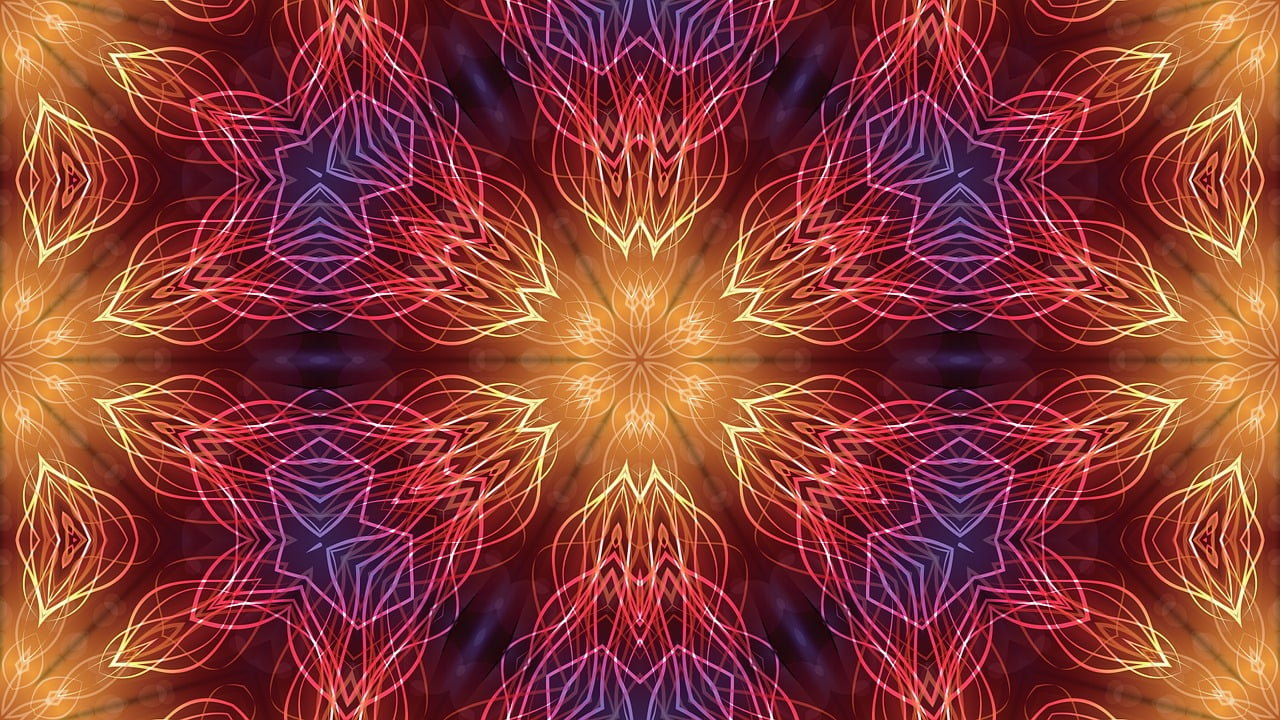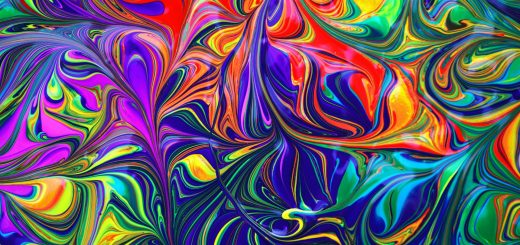Tarot Decks Explained: Choosing the Perfect One for You

Before diving in, please note: This post is for informational purposes only. If you’d like to know more about how we approach topics, feel free to check out our friendly Disclaimer Page.
Hey there, amazing readers! 🖐️ Just a quick note: yes, we know there are a lot of ads here. Trust us, we get it—it’s not the prettiest look, but they help us keep this blog alive and kicking. Those pesky little ads cover the costs of all the behind-the-scenes magic, from hosting and tech stuff to creating content we hope you’ll love.
We’re committed to delivering quality posts, and your support (even just sticking around despite the ads) means everything to us. So, bear with us, and thanks for helping us keep the good vibes rolling. Now, on to the fun stuff! 😉
TRANSLATE BUTTON AT THE END OF THE ARTICLE
A Quick Overview
Tarot decks have long captured the imagination and curiosity of many people.
Whether you’re a seasoned reader or just dipping your toes into the mystical waters of tarot, picking the right deck can feel overwhelming.
Each deck carries its own personality, style, and even energy.
As I’ve journeyed through different decks, I’ve discovered that finding the perfect match isn’t just about aesthetics; it’s about connecting with something that resonates with you on a personal level.
Let’s explore the ins and outs of tarot decks, so you can confidently choose one that suits you best.
What is a Tarot Deck? A Brief Introduction to Tarot
At its core, a tarot deck is a collection of cards used for divination, insight, and self-reflection.
Each deck typically contains 78 cards, divided into two main categories: the Major Arcana and the Minor Arcana.
The art of tarot reading involves interpreting these cards to gain clarity about specific questions or situations in life.
But tarot isn’t just about fortune-telling.
It’s a tool for self-exploration and personal growth.
Each time you shuffle the cards, you open a door to your subconscious.
The images and symbols invite you to explore your thoughts and feelings.
With each draw, you might discover hidden truths or new perspectives on your life.
The beauty of tarot lies in its versatility.
Some folks use it as a spiritual guide, while others may approach it purely as a psychological tool.
Whichever way you lean, there’s no denying the allure of these intriguing cards.
The Fascinating History of Tarot Decks Unveiled
The history of tarot is as colorful as the decks themselves.
Originating in the 15th century in Europe, tarot was initially created for playing card games.
It wasn’t until the 18th century that the cards began to be associated with mysticism and divination.
The earliest known tarot decks, like the Visconti-Sforza deck, were beautifully illustrated and highly valuable.
As the centuries rolled on, the tarot evolved.
The occultist Antoine Court de Gébelin was one of the first to develop a connection between tarot and ancient Egyptian wisdom, though this claim was largely unfounded.
Still, it sparked a wave of interest.
By the late 19th century, tarot gained popularity among spiritualists and occultists.
The Rider-Waite-Smith deck, published in 1909, played a pivotal role in shaping modern tarot.
It introduced imagery that was rich in symbolism, making the cards more accessible for readers and seekers alike.
Today, tarot has transformed into a diverse and thriving community.
Decks can be found in various themes and artistic styles, each telling its own story.
Understanding the Structure of a Tarot Deck
As I mentioned earlier, a standard tarot deck consists of 78 cards.
These are categorized into two main groups:
Major Arcana (22 cards): These cards reflect significant life events or universal themes.
Each card is rich in symbolism and carries deep meanings.
Think of them as the heavyweight champions of the tarot world.
Examples include The Fool, The Lovers, and Death.
Minor Arcana (56 cards): This set is divided into four suits: Cups, Pentacles, Swords, and Wands.
Each suit relates to different aspects of life.
Cups deal with emotions, Pentacles with material aspects, Swords with thoughts, and Wands with action and creativity.
Each card has its own unique imagery and symbolism, which can change based on the deck’s theme.
The cards can be interpreted upright or reversed, adding even more layers to their meanings.
Major vs. Minor Arcana: What’s the Difference?
The distinction between the Major and Minor Arcana is quite significant.
The Major Arcana cards often represent pivotal moments or lessons in our lives.
They act as markers in our journey, showing us where we’ve been and where we might be heading.
In contrast, the Minor Arcana cards address the everyday ups and downs.
Think of them as the daily grind: they highlight specific events and experiences that shape our lives but don’t necessarily invoke the same magnitude as the Major Arcana.
Here’s a quick breakdown:
Major Arcana: Represents significant life changes, spiritual lessons, and profound experiences.
Minor Arcana: Sheds light on daily challenges, personal relationships, and everyday situations.
Understanding these differences can help you interpret readings more effectively, allowing you to grasp the bigger picture alongside the finer details.
Different Tarot Deck Styles: Finding Your Vibe
One of the most enjoyable aspects of tarot is the sheer variety of decks available.
From classic designs to modern interpretations, there’s a deck for everyone.
Here are some styles you might consider:
Traditional: Decks like the Rider-Waite-Smith adhere closely to classic imagery and symbolism.
Artistic/Illustrative: Some decks focus on unique artwork, turning the cards into pieces of art that can be displayed.
Theme-Based: These decks are centered around a specific theme, such as nature, mythology, or pop culture, giving them a distinct flavor.
Shadow Work Decks: Designed to help you confront your inner fears and challenges, these decks provide a more introspective approach.
Think about what resonates with you.
Do you want a classic deck that feels comfortable and familiar, or are you drawn to something more whimsical and creative?
Exploring different styles can be a delightful experience!
Popular Tarot Decks: Classics You Can’t Ignore
If you’re unsure where to start, here are a few classic tarot decks that have stood the test of time:
Rider-Waite-Smith: The quintessential tarot deck, known for its clear imagery and symbolism.
Thoth Tarot: Developed by Aleister Crowley, this deck is rich in esoteric symbolism and is popular among experienced readers.
Marseille Tarot: A traditional European deck that focuses on the suits without depicting scene-specific images.
The Wild Unknown: A modern deck known for its stunning artwork and minimalistic style.
Each of these decks offers something different, making them a great starting point for anyone looking to dive into the world of tarot.
Artwork Matters: Choosing a Visually Appealing Deck
Let’s be honest: the artwork on a tarot deck can be a deciding factor for many.
I’ve found that if I’m drawn to a deck’s visuals, I’m more likely to connect with it.
Beautiful illustrations can evoke emotions and spark creativity in readings.
When choosing a deck, consider these points:
Art Style: Do you prefer bold colors, intricate details, or minimalist designs?
Symbolism: Look for imagery that resonates with you personally.
What do you feel when you see the cards?
Physical Feel: Some decks come with soft matte finishes, while others might feel glossy.
Consider what feels good in your hands.
A deck that appeals to your artistic sensibilities can make readings feel more engaging and enjoyable.
Intuition and Tarot: Picking Based on Feel
When selecting a tarot deck, your intuition plays a crucial role.
Sometimes, it’s less about logic and more about what feels right.
I’ve often wandered into a store, seen a deck, and simply felt a connection.
Here are some tips to trust your intuition:
Hold the Deck: If possible, physically handle the cards.
Do they feel good in your hands?
Look at the Cards: Spend some time simply observing the imagery.
Do any cards stand out?
Imagine Reading: Picture yourself using the deck.
Does it seem like a good fit for your style of reading?
Trusting your gut can lead you to the deck that will serve you best during readings.
The Role of Themes in Tarot Deck Selection
Themes can add another level of meaning to your tarot experience.
Some people find that decks with specific themes resonate more deeply with their personal journey.
For instance:
Nature Themes: If you’re an outdoor enthusiast, a deck focused on flora and fauna might speak to you.
Cultural Themes: Decks inspired by different cultures can provide unique perspectives and insights.
Fantasy/Sci-Fi Themes: For those with a love for the fantastical, these decks can inject creativity into your readings.
Choosing a themed deck can enrich your tarot practice and make readings feel more personalized.
How to Test a Tarot Deck Before Committing
So you’ve narrowed down your options, but how do you know which deck is truly right for you?
Here are a few ways to test a tarot deck before you commit:
Buy Used: Look for second-hand decks.
They often come at a fraction of the price, and you can test them out without breaking the bank.
Join a Community: Many tarot groups allow members to share and borrow decks.
This gives you a chance to explore different options.
Do a Sample Reading: If you can access a deck, try doing a simple reading.
How does it feel?
Are the interpretations easy to connect with?
Taking these steps can help you feel more confident in your choice and ensure it aligns with your needs.
Caring for Your Tarot Deck: Tips for Longevity
Once you’ve found your ideal tarot deck, it’s essential to care for it properly.
Here are some tips to keep your deck in pristine condition:
Store Properly: Keep the cards in a protective box or pouch to prevent wear and tear.
Avoid Direct Sunlight: Prolonged exposure to sunlight can fade the colors over time.
Cleanse Your Deck: Regularly clear your deck of any unwanted energies.
You can use sage, crystals, or simply shuffle the cards while in a positive mindset.
These practices can help maintain the energy of your deck and ensure it remains a trusted tool for years to come.
Final Thoughts: Your Ideal Tarot Deck Awaits!
Choosing the perfect tarot deck can feel like a journey in itself.
With countless options, it’s easy to feel a bit lost.
But remember, it’s all about finding something that resonates with you.
Whether you’re drawn to traditional decks or want something modern and quirky, trust your instincts.
With a little exploration and intuition, you’ll find a tarot deck that feels just right.
Happy reading!

The Enlightenment Journey is a remarkable collection of writings authored by a distinguished group of experts in the fields of spirituality, new age, and esoteric knowledge.
This anthology features a diverse assembly of well-experienced authors who bring their profound insights and credible perspectives to the forefront.
Each contributor possesses a wealth of knowledge and wisdom, making them authorities in their respective domains.
Together, they offer readers a transformative journey into the realms of spiritual growth, self-discovery, and esoteric enlightenment.
The Enlightenment Journey is a testament to the collective expertise of these luminaries, providing readers with a rich tapestry of ideas and information to illuminate their spiritual path.
Our Diverse Expertise 🌟
While our primary focus is on spirituality and esotericism, we are equally passionate about exploring a wide range of other topics and niches 🌍📚. Our experienced team is dedicated to delivering high-quality, informative content across various subjects ✨.
To ensure we provide the most accurate and valuable insights, we collaborate with trusted experts in their respective domains 🧑🏫👩🏫. This allows us to offer well-rounded perspectives and knowledge to our readers.
Our blog originally focused on spirituality and metaphysics, but we’ve since expanded to cover a wide range of niches. Don’t worry—we continue to publish a lot of articles on spirituality! Frequently visit our blog to explore our diverse content and stay tuned for more insightful reads.





